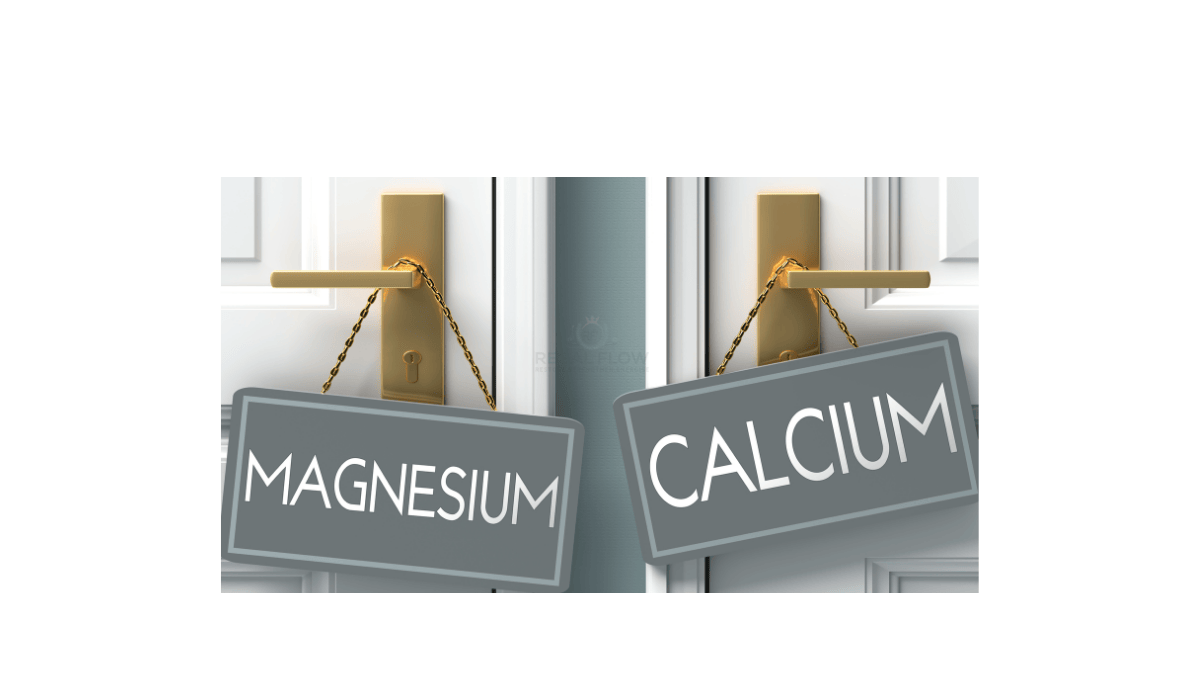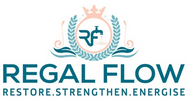
What is a Water Softener System?
Tired of battling limescale like it’s your full-time job? A Water Softener system is your secret weapon—it removes hard minerals like calcium and magnesium from your water. Want to know how water softeners work, why your kettle hates hard water, and how to win? Keep reading.
Defining a Water Softener
A water softener is a filtration system that removes calcium and magnesium ions through a process called ion exchange. This leaves you with softer, more manageable water.
Looking for your perfect Softener? Here is our full range with buying advice- Click Here
How a Water Softener Works: The Ion Exchange Process
Water softeners use a process called ion exchange to swap out calcium and magnesium ions with sodium or potassium ions.
The Role of Resin Beads
Inside the softener's mineral tank are resin beads charged with sodium or potassium. As hard water passes through, the calcium and magnesium ions cling to the beads, and the softer ions are released into the water.
Understanding Regeneration and Brine Solution
Over time, the resin beads become saturated with calcium and magnesium. The regeneration cycle uses a brine solution (saltwater) to flush out the hard minerals and recharge the beads with sodium or potassium ions.
Key Components of a Water Softener System
A water softener is made up of three main components that work together to treat hard water.
The Mineral Tank
This tank holds the resin beads and is where the ion exchange process takes place. It handles the full flow of household water.
The Brine Tank
This tank stores the salt or potassium chloride used for regeneration. Its size depends on system capacity and regeneration frequency.
The Control Valve
The control valve regulates the water flow and initiates the regeneration cycle. Modern systems often use digital timers or sensors for efficient management.
Benefits of Installing a Water Softener
Installing a water softener brings a variety of household and personal benefits.
Extended Appliance Lifespan
Soft water reduces limescale build-up in appliances, helping them run more efficiently and last longer.
Improved Skin and Hair Health
Soft water is gentler on your skin and hair. Users often notice softer skin, shinier hair, and fewer skin irritations.
Enhanced Cleaning Efficiency and Reduced Soap Usage
Soft water allows soaps and detergents to lather and clean more effectively, meaning you'll use less product and get better results.
Protecting Your Plumbing System
By preventing mineral build-up in pipes, soft water keeps your plumbing in better shape and reduces the risk of blockages or corrosion.
Potential Cost Savings
With increased appliance efficiency, fewer repairs, and reduced soap use, you could save significantly on household costs over time.
Types of Water Softener Systems
There are various types of water softeners to suit different home sizes, preferences, and budgets.
Salt-Based Water Softeners
These are the most common systems and use salt to remove minerals through ion exchange.
Single-Tank Systems
Compact and suitable for smaller households, these systems have one tank that handles both softening and regeneration.
Twin-Tank Systems
Ideal for larger homes, twin-tank systems offer continuous soft water by alternating between tanks during regeneration. Check out this best selling Twin Tank Water Softener from Scalemaster - Click Here
Electric vs. Non-Electric Models
Electric models use digital timers for regeneration. Non-electric models rely on water flow, making them simpler and often more energy-efficient.
We have both electric and non- electric Water Softeners, please see our full range for details - Click Here
Salt-Free Water Conditioners (and why they are different)
Salt-free conditioners don’t remove minerals but alter them to prevent scale build-up. They’re low-maintenance but not as effective for truly hard water.
Understanding the Difference: Water Softener vs. Water Conditioner vs. Water Filtration System
-
Water Softener: Removes hardness minerals (calcium and magnesium)
-
Water Conditioner: Alters minerals to reduce scale
-
Water Filtration System: Removes contaminants like chlorine, sediment, and heavy metals
Maintaining Your Water Softener
Routine maintenance ensures your system runs effectively and lasts longer.
Adding Water Softener Salt
Check salt levels regularly and top up as needed. Use high-quality salt for best results.
Troubleshooting Common Issues (e.g., Salt Bridge, Salt Mushing)
Salt bridges and mush can block regeneration. Break up crusty layers and clean out sludge to maintain performance.
Understanding Regeneration Cycles
Most systems regenerate every few days based on usage. Modern models use metered regeneration to optimize water and salt use.
Considerations Before Installing a Water Softener
Before installing, evaluate your needs and home setup.
Assessing Your Water Hardness
Test your water using a kit or consult your water supplier to determine the hardness level.
Choosing the Right Size and Type for Your Home
Consider household size, daily water usage, and available space when choosing a system.
Professional Installation Recommendations
While some systems are DIY-friendly, professional installation ensures optimal setup, especially for larger or more complex systems.
Conclusion: Is a Water Softener Right for You?
If you’re dealing with limescale, dull skin, stiff laundry, or rising energy bills, a water softener might be just what your home needs. With better water quality and long-term cost savings, it’s an investment in both comfort and efficiency.
More Water Softener info our customers have found helpful
- How a Water Softener Works
- The Science Behind Water Softener Ion Exchange
- The Difference Between a Water Softener or Whole House Filtration
- Water Softener vs Reverse Osmosis: How to Choose the Right System
- Water Softener vs Water Conditioner: Pros, Cons, and Which One You Need
- Electric vs Non-Electric Water Softeners
- Water Softener vs Water Filter
- Common Myths About Water Softeners Debunked: The Truth You Need to Know
- Are Magnetic Water Softeners any Good?
- Can Water Be Too Soft from a Water Softener?
- Can You Use an RO System with a Water Softener?
- Can You Use Softened Water in a Central Heating System?
- Can I Use a Water Softener with a Combi Boiler?


Leave a comment